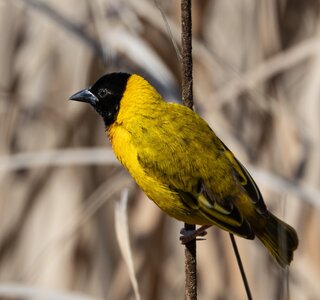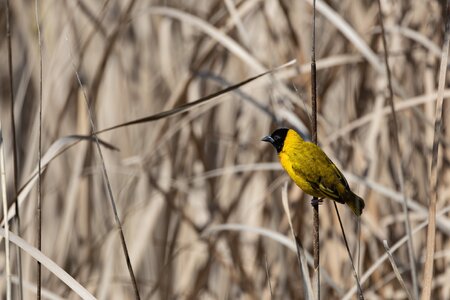Pro Member
- Followers
- 4
- Following
- 1
- Joined
- Apr 10, 2023
- Posts
- 800
- Likes Received
- 1,162
DXO makes a fine product and Phil said the that Photo AI has basically caught. I agree. I got it from day one, downloaded all the updates and was going to decide this fall which direction to take. That plan is done with now. I'm not sure how much more pixel peeping is going to make that much difference for me. It may for others.


